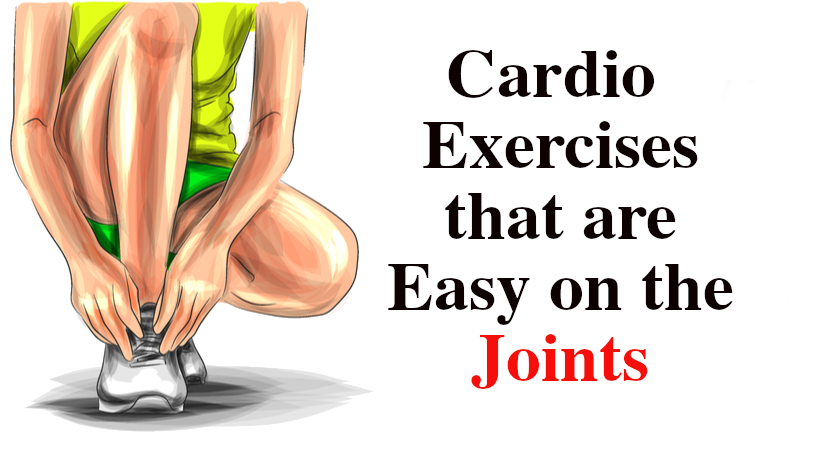Getting that dream body is not always as easy as we plan. Between picking the wrong workouts and finding the energy to hit the gym at all, losing or gaining that bodyweight becomes a task. Not to mention that most workouts aren’t tailored to people with muscle and joint problems. The goal is to get your body where it needs to be, regardless of the pain. But sometimes you just need a little break.
It doesn’t matter if your joints are sore from the last workout or just a problem area in general. These cardio exercises are sure to get your heart pumping and put a little less pressure on those tender spots:
Elliptical
While the elliptical is considered a “low-impact” workout, it’s a great alternative to the treadmill because you burn calories from your entire body. Choosing a machine with both leg and arm requirements encourages smooth movements and increased blood flow. The fluid motion of the machine takes it easy on the joints and muscles while still allowing high levels of cardio if needed.
Cycling
Cycling for long periods of time isn’t the easiest cardio to do but it gets the job done. The consistent pattern of a stationary bike makes it easier for the body’s muscle memory to kick in. To make it even better, you can adjust the intensity of the cardio by adjusting speed and choice of “terrain”.
Battle Ropes
Battle ropes provide a good amount of resistance to your workout. They keep the upper body (arms, abs, shoulders, back) engaged while the lower body gets a rest. They’re quick to tire you out but don’t put too much pressure on lower back and legs.
Rowing/Swimming
Swimming laps and rowing are considered two of the best exercises that burn calories quickly without hurting your joints. Both exercises mostly tone the arms, shoulders, and core but water lets the body work itself without touching the ground. The circular motion required by rowing eases tension on the joints by focusing the body on its endurance.
Sled Push/Reverse Drag
The sled push is an exercise designed to work the back, knees and shoulders. The weighted pushing machine requires mostly arm work and does not pinpoint the knee as much as a traditional lunge or squat. The opposite exercise, the reverse drag, requires a little more leg work. However, the backwards motion and angle of the body move all the energy into the arms, thighs, and feet.
Mountain Climbers
Doing a mountain climber correctly keeps the weight in your hands and away from the knees and spine. With the stable plank position, bringing the knees up quickly should relieve some of the pain. If joint pain begins to bother you, try doing them on a mat or bench.
Sources:



